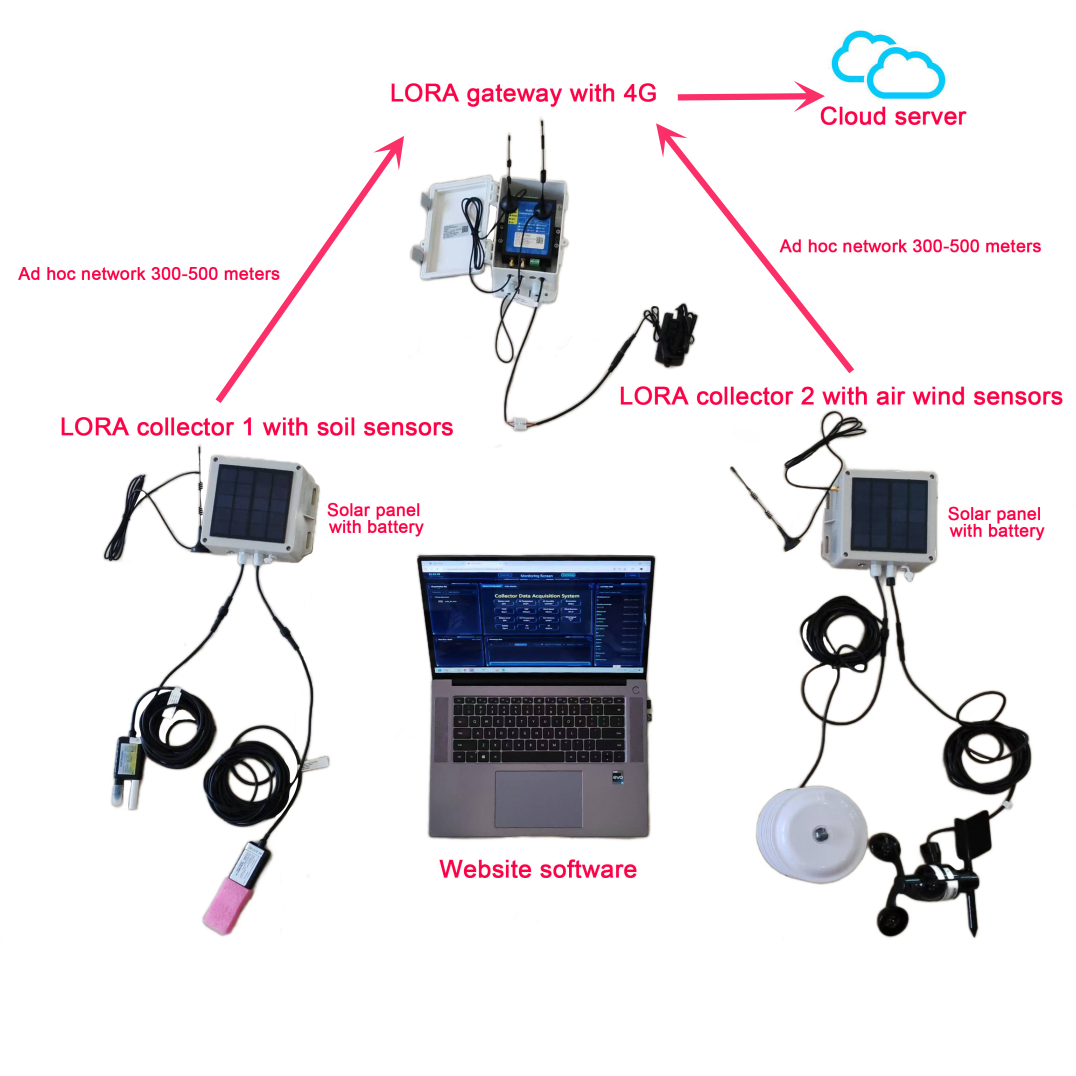The Panamanian government has announced the launch of an ambitious nationwide project to install an advanced soil sensor network to improve the sustainability and efficiency of agricultural production. This initiative marks an important step in Panama’s agricultural modernization and digital transformation.
Project background and objectives
Panama is a large agricultural country, and agriculture plays an important role in its economy. However, in recent years, soil degradation and water scarcity have become increasingly serious due to climate change and improper agricultural practices. To address these challenges, the Panamanian government decided to invest in a nationwide network of soil sensors to enable real-time monitoring and management of soil conditions.
Function of soil sensor
The installed soil sensors incorporate the latest Internet of Things (IoT) technology to monitor and transmit multiple soil parameters in real time, including:
1. Soil moisture: Accurately measure the moisture content in the soil to help farmers optimize irrigation plans and reduce water waste.
2. Soil temperature: Monitoring soil temperature changes to provide data support for planting decisions.
3. Soil conductivity: Assess the salt content in the soil to help farmers adjust fertilization strategies and prevent soil salinization.
4. Soil pH value: Monitor soil pH to ensure that crops grow in a suitable soil environment.
5. Soil nutrients: Measure the content of nitrogen, phosphorus, potassium and other key nutrients to help farmers scientifically fertilize and improve crop yield and quality.
Installation process and technical support
Panama’s Ministry of Agricultural Development has partnered with several international agri-technology companies to advance the installation of soil sensors. The installation team selected thousands of key points in fields, orchards and pastures across the country to ensure broad coverage and representation of the sensor network.
The sensors transmit real-time data via a wireless network to a central database, which can be accessed by agricultural experts and farmers through a mobile app or web platform. The central database also integrates meteorological data and satellite remote sensing information to provide farmers with comprehensive agricultural decision support.
Impact on agriculture
Speaking at the launch of the project, Carlos Alvarado, Minister of Agricultural Development of Panama, said: “The installation of soil sensors will revolutionise the way we produce agriculture. By monitoring soil conditions in real time, farmers can make more informed decisions, increase crop yields, reduce resource waste and drive sustainable agriculture.”
Specific case
On a coffee plantation in Chiriqui province, Panama, farmer Juan Perez has pioneered the use of soil sensors. “Previously, we had to rely on experience and traditional methods to judge when to irrigate and fertilize. Now, with the data provided by the sensors, we can precisely manage water resources and fertilizer use, not only increasing the yield and quality of coffee, but also reducing the impact on the environment.”
Social and economic benefits
The establishment of soil sensor networks will not only help improve agricultural production efficiency, but also bring significant social and economic benefits:
1. Improve food security: Ensure the stability and security of food supply by optimizing agricultural production.
2. Reduce waste of resources: Scientifically manage water resources and fertilizer use to reduce waste and protect the environment.
3. Promote agricultural modernization: Promote the digital transformation of agriculture and improve the level of intelligence and precision of agricultural production.
4. Increase farmers’ income: Increase farmers’ income and improve farmers’ living standards by improving crop yield and quality.
Future outlook
The Panamanian government plans to further expand the soil sensor network over the next five years to cover more farmland and agricultural areas. In addition, the government plans to develop an agricultural decision support system based on sensor data to provide farmers with personalized agricultural advisory services.
Panama’s Ministry of Agricultural Development also plans to collaborate with universities and research institutions to conduct agricultural research based on sensor data to explore more efficient agricultural production models and technologies.
Panama’s nationwide project to install soil sensors is an important milestone in the country’s agricultural modernization process. Through this initiative, Panama has not only improved the efficiency of agricultural production, but also provided valuable experience and reference for the sustainable development of global agriculture.
Post time: Feb-07-2025


